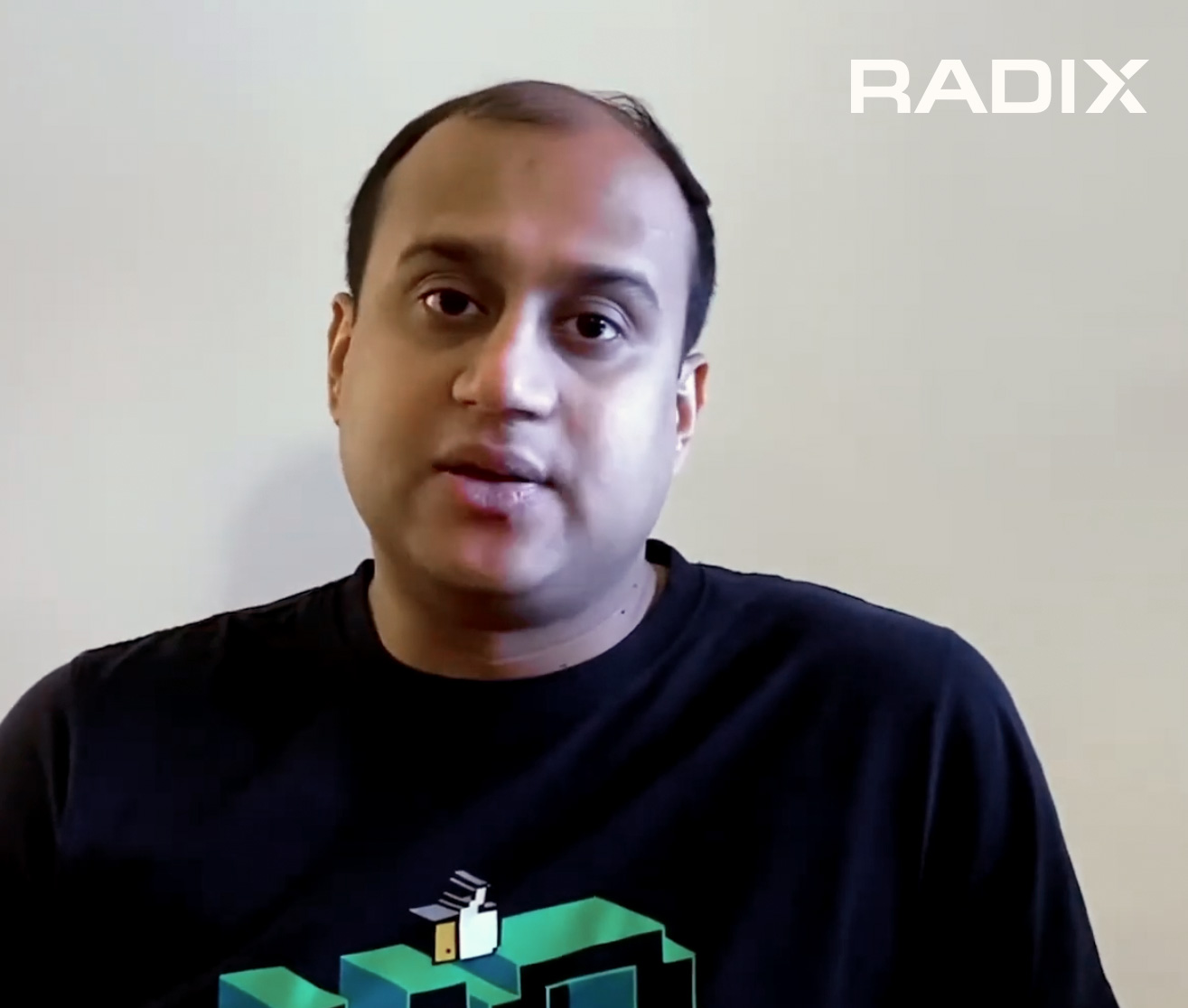

New TLDs |
Sponsored by |

|


 Your corporate domain names send implicit messages (signals) through their Top-Level Domains (TLDs) and their second-level words. Shape your domain names so to send the right messages and to avoid sending unintentionally confusing messages. The post focuses on a framework to help bidders determine which TLDs send messages that are potentially profit generating... Soon TLDs such as ".car," ".cars," ".green," and ".eco" will be available to any qualified body whose request is favored by the allocation system. The system being discussed is a combination of beauty contests and auctions. more
Your corporate domain names send implicit messages (signals) through their Top-Level Domains (TLDs) and their second-level words. Shape your domain names so to send the right messages and to avoid sending unintentionally confusing messages. The post focuses on a framework to help bidders determine which TLDs send messages that are potentially profit generating... Soon TLDs such as ".car," ".cars," ".green," and ".eco" will be available to any qualified body whose request is favored by the allocation system. The system being discussed is a combination of beauty contests and auctions. more
In light of recent announcements regarding Cameroon's country code Top-Level Domain, .CM, being opened to public registration, Tresa Baldas reports on Law.com: "Trademark attorneys are warning companies about a new target for cybersquatters known as '.cm,' which is the country code -- or top level domain -- for the West African nation of Cameroon. The dot-cm domain is a hot target for scammers, they say, due to 'cm' being a common typographical error for 'com' in the popular dot-com domain. Attorneys say this is significant to brand owners because Internet users searching for brand owners' Web sites frequently mistype dot-com as dot-cm and wind up on a bogus site. Not only is Web traffic lost, they say, but a brand name can get diluted or tainted along the way." (Also see, Nation of Cameroon Typo-Squats the Entire .com Space from 2006) more
 VeriSign makes a great deal of money from the .COM and .NET registries. Can we tell how much they make, and how much that might change if the CFIT lawsuit succeeds? It's not hard to make some estimates from public information. The largest gTLD registry that VeriSign doesn't run is .ORG, which was transferred a few years ago to the Public Internet Registry (PIR) which pays Afilias to run the registry, and uses whatever is left over to support the Internet Society (ISOC)... more
VeriSign makes a great deal of money from the .COM and .NET registries. Can we tell how much they make, and how much that might change if the CFIT lawsuit succeeds? It's not hard to make some estimates from public information. The largest gTLD registry that VeriSign doesn't run is .ORG, which was transferred a few years ago to the Public Internet Registry (PIR) which pays Afilias to run the registry, and uses whatever is left over to support the Internet Society (ISOC)... more
Some of the root server operators post public statistics for their domain name traffic at the top-level. For example, the graph (which can take a bit of time to generate, given ICANN's slow servers) for the L-root server's most popular Top-Level Domain (TLD) queries demonstrates, to no one's surprise, that .com is king. What's more interesting, though, especially given the new generic Top-Level Domain (gTLD) debate, is to look at the most popular invalid (non-existent) TLDs. more
 Yesterday, I sent ICANN my comments about the draft recommendations from ICANN’s Implementation Recommendation Team (IRT), which has been tasked with coming up with a trademark protection scheme for new top-level domains. For the most part, I think they did an excellent job... more
Yesterday, I sent ICANN my comments about the draft recommendations from ICANN’s Implementation Recommendation Team (IRT), which has been tasked with coming up with a trademark protection scheme for new top-level domains. For the most part, I think they did an excellent job... more
 Drawing on standard-setting approaches and the regulatory options at the disposal of the Federal Communications Commission (FCC), I outline three alternative venues to decide on launching new top-level domain names (TLDs). ICANN needs to analyze all these venues before making a final procedural decision. more
Drawing on standard-setting approaches and the regulatory options at the disposal of the Federal Communications Commission (FCC), I outline three alternative venues to decide on launching new top-level domain names (TLDs). ICANN needs to analyze all these venues before making a final procedural decision. more
If there's one thing that scares the bejabbers out of me, it's when organized religion -- either directly or via proxies -- attempts to nose its way into technology policy issues. It appears that such a scenario is unfolding currently, with a concerted new effort to fundamentally remake the Internet in a manner befitting the sensibilities of top-down religious hierarchies. An Internet Pope? The Spanish Inquisition? Not exactly -- that's the incorrect religion for this particular case. more
According to latest reports from the World Intellectual Property Organisation (WIPO), allegations of cybersquatting by trademark holders continued to rise in 2008, with a record 2,329 complaints filed under the Uniform Domain Name Dispute Resolution Policy (UDRP). This represented an 8% increase over 2007 in the number of generic and country code Top-Level Domain (gTLDs and ccTLDs) disputes handled and brings the total number of WIPO cases filed under the UDRP since it was launched ten years ago to over 14,000. To improve efficiency and respond to growing demand, WIPO has proposed an "eUDRP Initiative" to render the UDRP paperless... more
The draft New gTLD Applicant Guidebook (version 2) has been released along with an analysis of the comments to the prior version. The documents are voluminous. I glanced at the revised draft Base Agreement, and it's clearly unacceptable as there continue to be no price caps in place to protect domain name registrants... more
 The Internet Corporation for Assigned Names and Numbers (ICANN) has recently decided to allow any entity to register a top-level domain name (TLD). The best mechanism for valuing this decision, a mechanism that outperforms crowdsourcing, blogs, and committee decisions, is the legal and easy-to-implement solution known as prediction markets.
The Internet Corporation for Assigned Names and Numbers (ICANN) has recently decided to allow any entity to register a top-level domain name (TLD). The best mechanism for valuing this decision, a mechanism that outperforms crowdsourcing, blogs, and committee decisions, is the legal and easy-to-implement solution known as prediction markets.
In handing down its TLD decision, ICANN never identified the problem it was trying to solve... more
 Back from the holidays I must admit I was thinking quite a bit on what is good policy for a registry? Of course I have my own personal favorites that I can not walk away from easily, but instead of thinking for too long, I decided to write down now immediately what is in my head. The main reasons for this are two: the decision by ICANN to change the rules for change in policy regarding the Add Grace Periods. more
Back from the holidays I must admit I was thinking quite a bit on what is good policy for a registry? Of course I have my own personal favorites that I can not walk away from easily, but instead of thinking for too long, I decided to write down now immediately what is in my head. The main reasons for this are two: the decision by ICANN to change the rules for change in policy regarding the Add Grace Periods. more
 Is the new ".tel" domain launching today more than just a pretty web interface to DNS? Is it something really unique? Is it a new service that couldn't be easily replicated elsewhere? In case you haven't been following the subject, a company called Telnic has launched a new top-level DNS domain ".tel" today. Today, December 3rd, is the launch of the "Sunrise" period where companies can (for a high price) obtain the ".tel" domain associated with their trademark. more
Is the new ".tel" domain launching today more than just a pretty web interface to DNS? Is it something really unique? Is it a new service that couldn't be easily replicated elsewhere? In case you haven't been following the subject, a company called Telnic has launched a new top-level DNS domain ".tel" today. Today, December 3rd, is the launch of the "Sunrise" period where companies can (for a high price) obtain the ".tel" domain associated with their trademark. more
 As ICANN introduces new generic top level domains (gTLDs) and separates itself from US oversight, it has the opportunity to distance itself from the taint of cybersquatting, brand abuse, and criminal activity involving domains... To underscore the scope of the issue, consider this research on just 30 top Interbrand-ranked global brands. The most recent MarkMonitor Brandjacking Index found cybersquatting incidents increased over 40% in the last year for the brands that were studied; these leading brands suffered as many as 15,000 incidents per brand... more
As ICANN introduces new generic top level domains (gTLDs) and separates itself from US oversight, it has the opportunity to distance itself from the taint of cybersquatting, brand abuse, and criminal activity involving domains... To underscore the scope of the issue, consider this research on just 30 top Interbrand-ranked global brands. The most recent MarkMonitor Brandjacking Index found cybersquatting incidents increased over 40% in the last year for the brands that were studied; these leading brands suffered as many as 15,000 incidents per brand... more
Byte Level Research has released a new version of its world map illustrating country code Top-Level Domains (ccTLDs) in use by Google for its local search engines. Using information available on Google's Language Tools page, the new map shows over 160 ccTLDs that Google has currently in use including Andorra, Kenya, Ukraine, and Ghana. Why pick Google? John Yunker president of Byte Level Research says that he knows of no other company that hosts localized websites across so many different ccTLDs. Countries the Google currently serves even include Cuba — "I doubt many Americans are aware of that."... more
 When Kurt Pritz briefed the Generic Names Supporting Organization (GNSO) Council (and observers) in Los Angeles April 10th and 11th, the new generic Top-Level Domain (gTLD) process model flows transition through an "auction" state in two of the three paths where two or more applications existed for the same (or similar) strings. At that time Kurt, speaking for Staff, was clear that the existence of a well-defined community was not dispositive, which surprised the Council members from the Intellectual Property Constituency... more
When Kurt Pritz briefed the Generic Names Supporting Organization (GNSO) Council (and observers) in Los Angeles April 10th and 11th, the new generic Top-Level Domain (gTLD) process model flows transition through an "auction" state in two of the three paths where two or more applications existed for the same (or similar) strings. At that time Kurt, speaking for Staff, was clear that the existence of a well-defined community was not dispositive, which surprised the Council members from the Intellectual Property Constituency... more